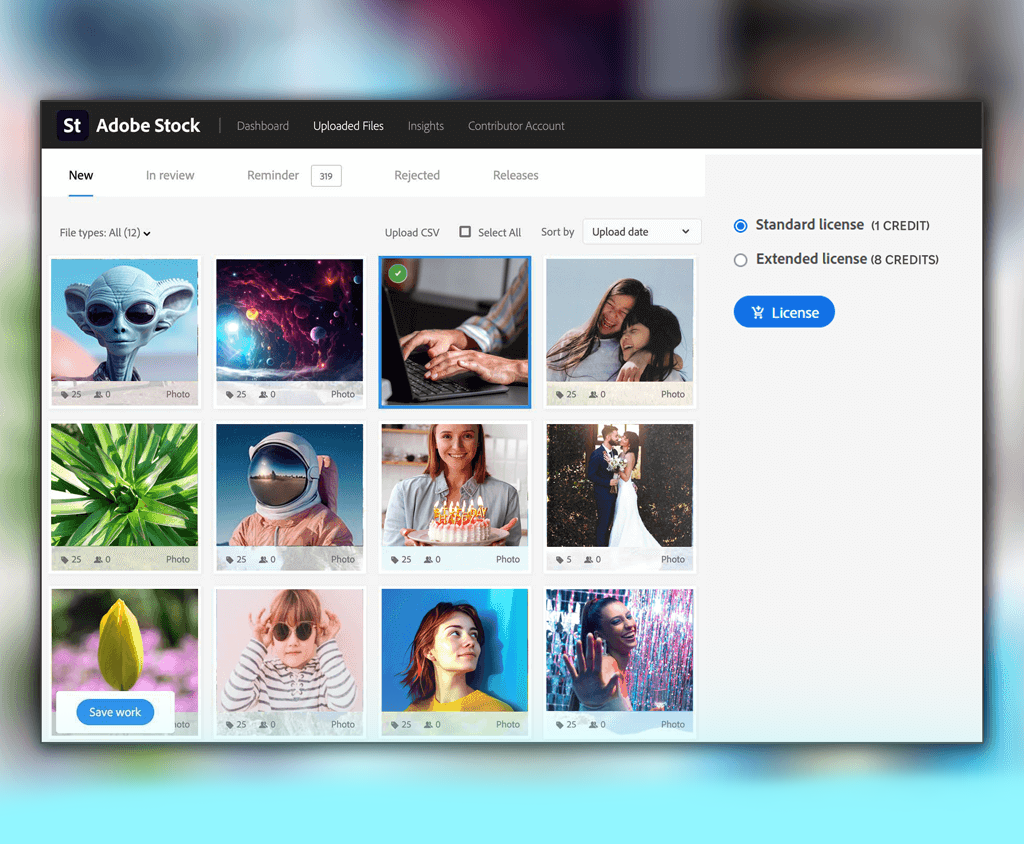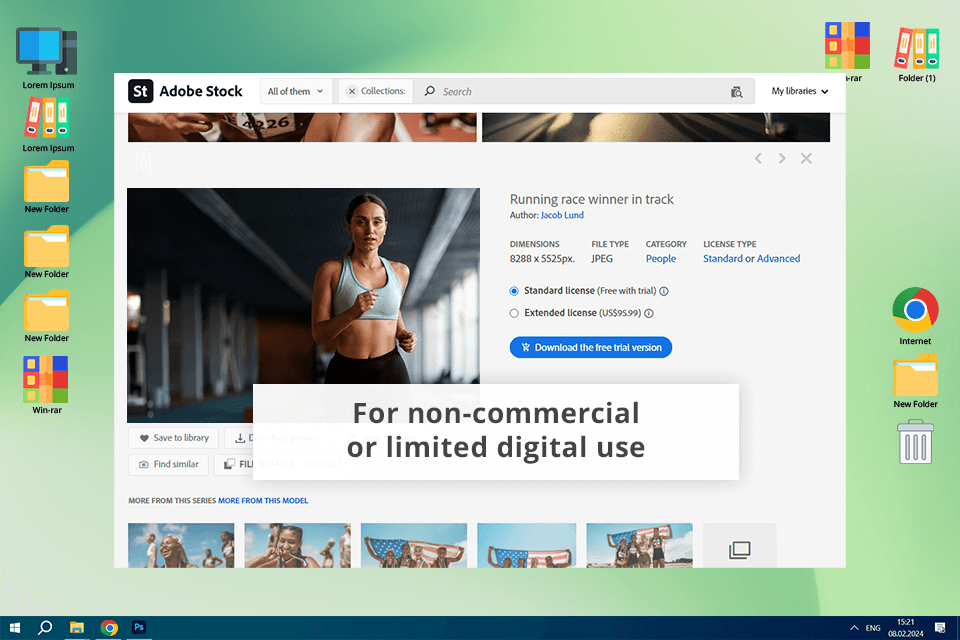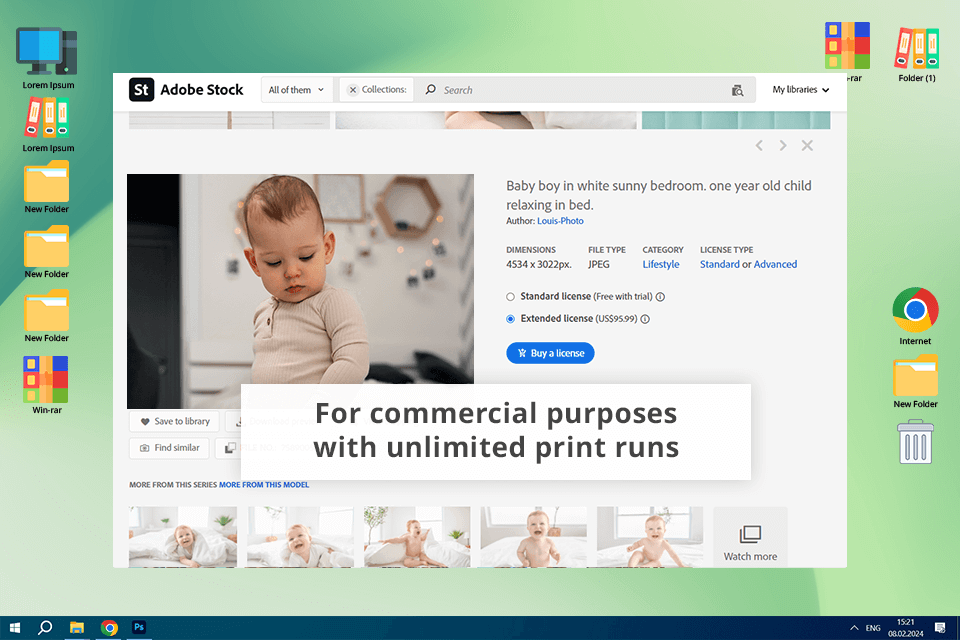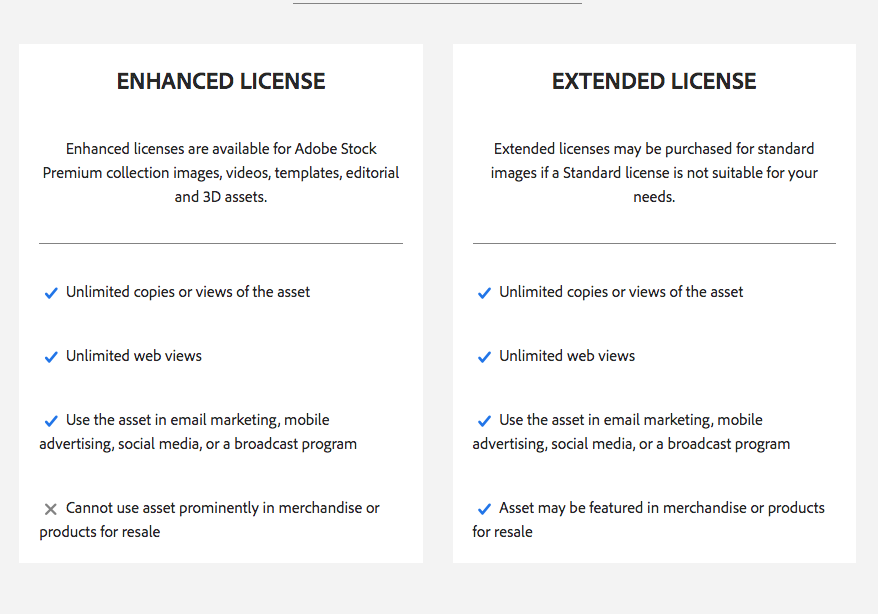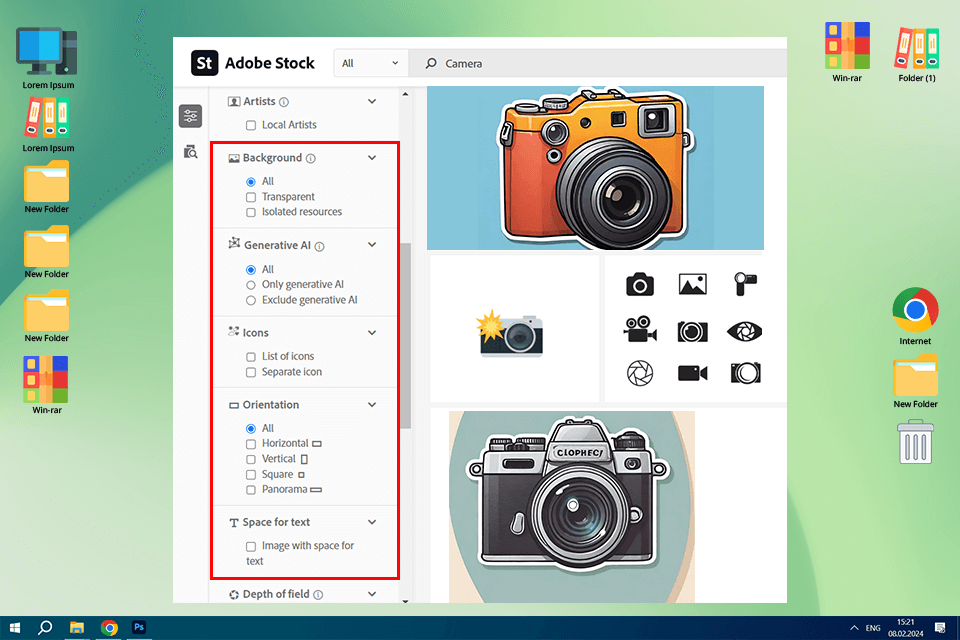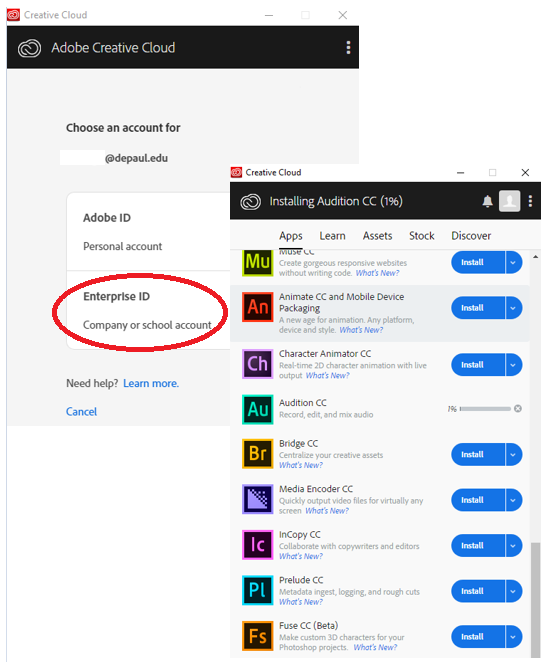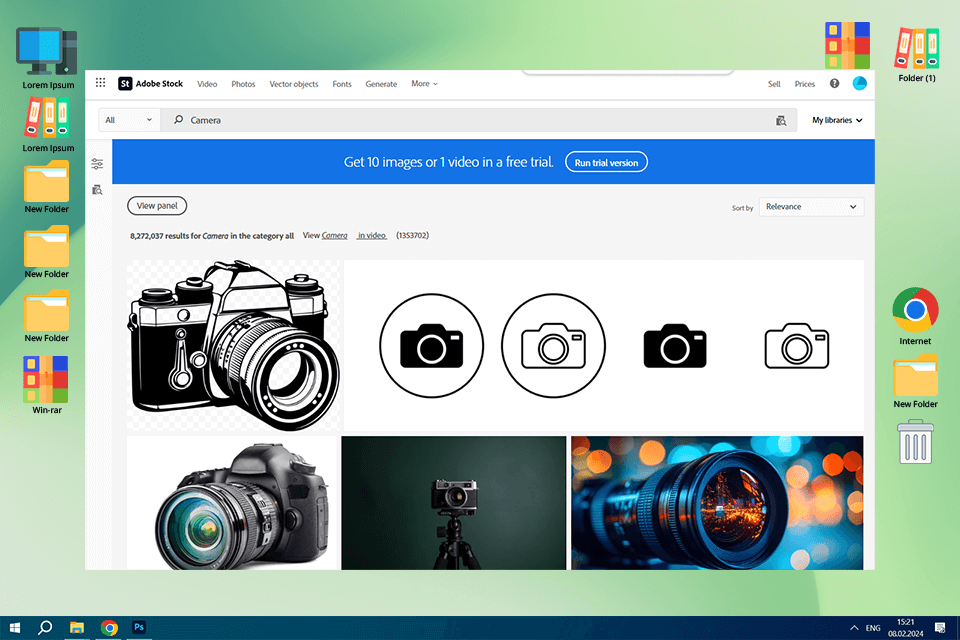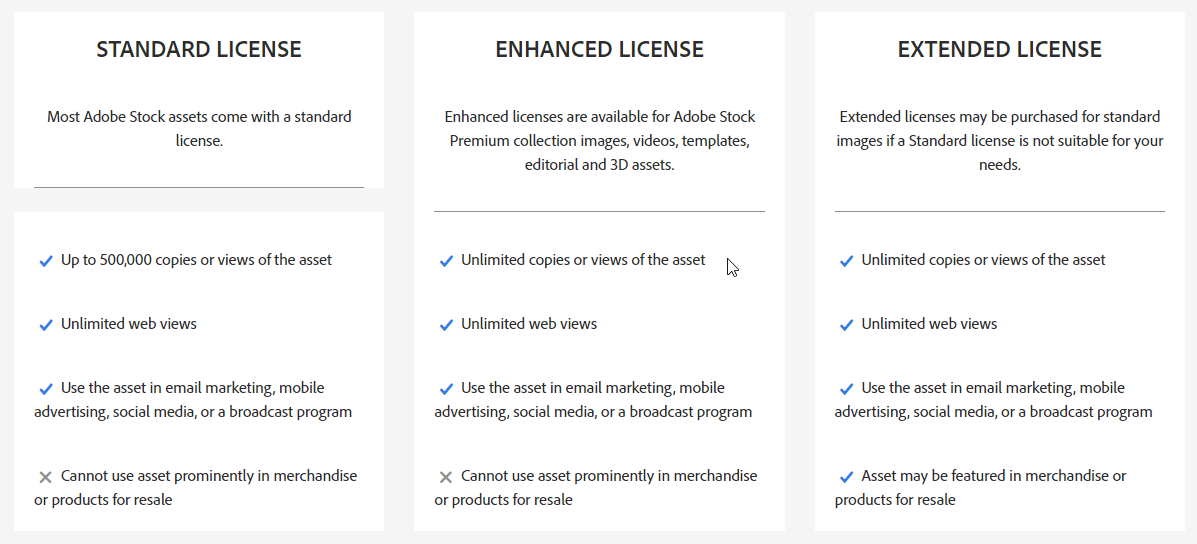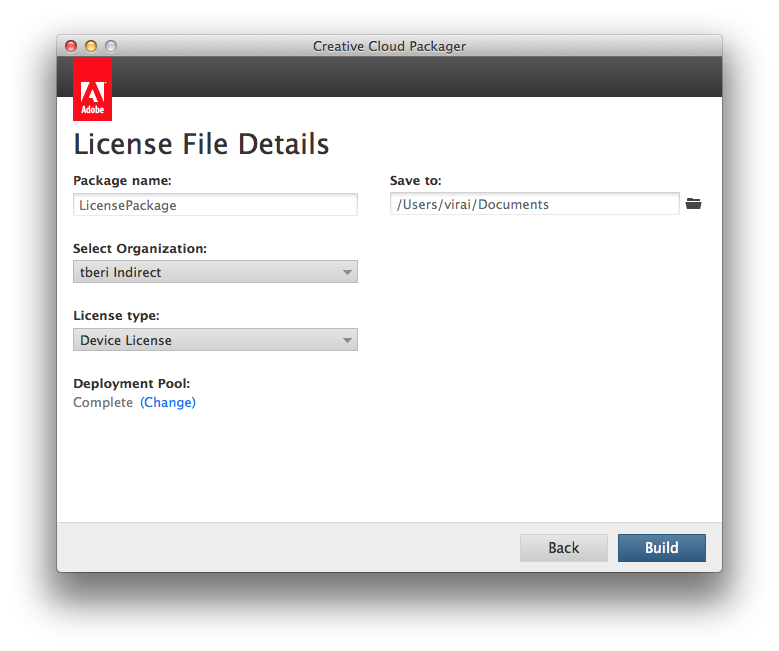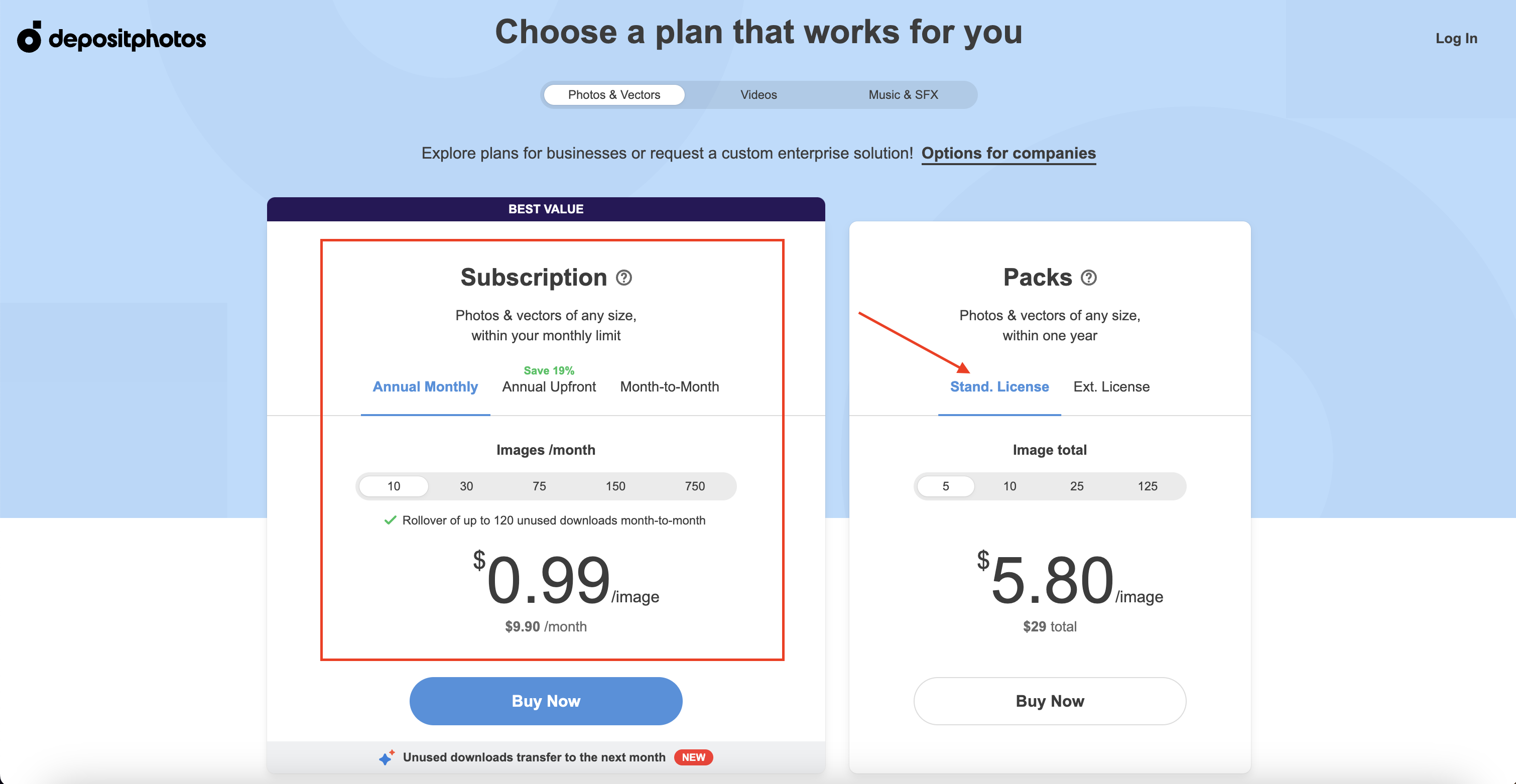Adobe Stock Standard License Vs Extended
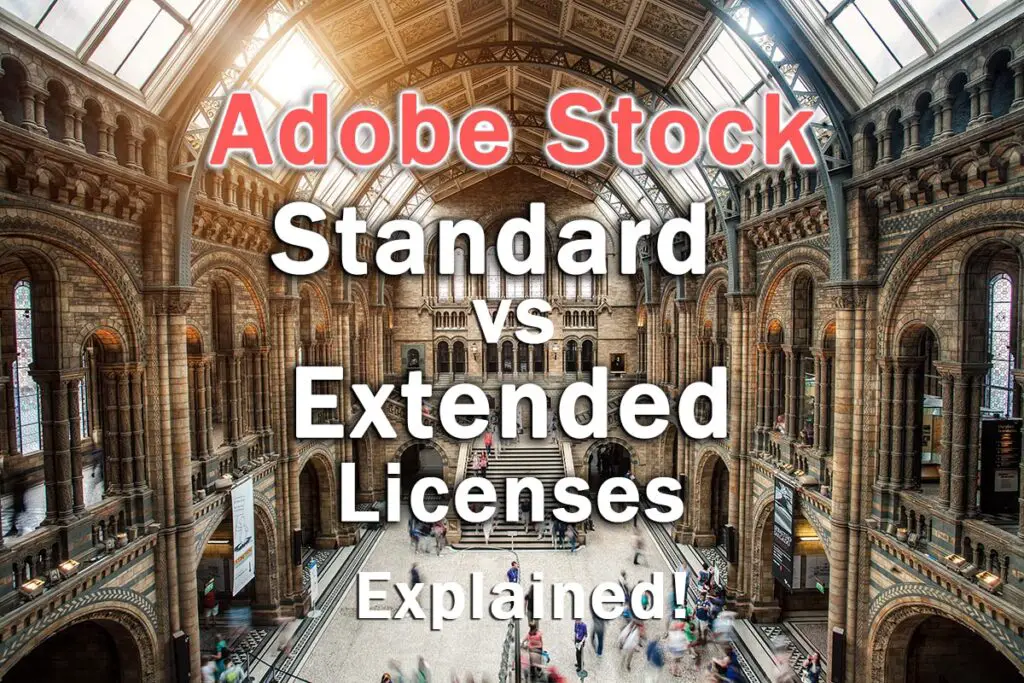
The digital content landscape is a dynamic battleground, where creators and businesses grapple with licensing complexities that can make or break their projects. Choosing the right license for stock assets is paramount, and at the forefront of this decision-making process sits Adobe Stock, a leading provider of stock photos, videos, and other creative resources.
The critical choice lies between the Standard License and the Extended License. Understanding the nuances of each license is essential for avoiding copyright infringement and ensuring compliant usage of purchased assets.
At the heart of this debate is understanding the usage rights each license grants. This article delves into a comprehensive comparison of the Adobe Stock Standard and Extended Licenses, providing clarity for designers, marketers, and businesses seeking to leverage stock content effectively.
Understanding the Core Differences
The primary distinction between the Standard and Extended licenses lies in the scope of usage. The Standard License is designed for typical editorial and commercial uses, such as website illustrations, social media content, marketing materials, and print advertisements, with limitations on print runs and merchandising.
The Extended License, on the other hand, broadens these limitations significantly, allowing for greater commercial application, including the resale of items incorporating the licensed assets. This makes the Extended License ideal for products intended for sale, such as merchandise, templates, or any scenario where the asset becomes a primary part of the product's value.
Standard License: Key Features and Limitations
The Adobe Stock Standard License allows you to use assets in a wide range of projects.
This includes digital use, such as websites, social media, and online advertising. Print usage is also covered, but is typically limited to 500,000 copies.
There is no right to create merchandise or products for resale using the Standard License.
Extended License: Expanding the Possibilities
The Extended License eliminates the limitations on print runs and permits use in merchandise and products for resale. This license is required if you plan to incorporate the asset into items for sale or distribution where the primary value resides in the asset itself.
Examples include t-shirts, mugs, templates, and other products. This offers a greater degree of commercial freedom, but comes at a higher cost.
In essence, it's an investment in broader commercial rights.
Cost Implications and Considerations
Price is a significant factor when selecting between licenses.
The Standard License is typically less expensive and often included in standard Adobe Stock subscription plans. The Extended License requires an additional purchase, reflecting its greater commercial value and broader usage rights.
Businesses should carefully evaluate their usage needs and projected return on investment to determine the most cost-effective option.
Real-World Examples and Scenarios
Imagine a marketing agency designing a website for a client. A Standard License is generally sufficient for using stock photos on the website.
However, if that same agency designs a line of t-shirts featuring an Adobe Stock image for the client to sell, an Extended License would be required.
Another example could be a web developer using a stock video in a website template offered for sale online. This scenario would also necessitate an Extended License.
Navigating the Legal Landscape
Using stock assets without the appropriate license can lead to serious legal consequences. Copyright infringement can result in fines, lawsuits, and damage to a company's reputation.
Always carefully review the license terms before using any stock asset to ensure compliance.
Consulting with legal counsel specializing in intellectual property can provide additional guidance and mitigate risk.
“Understanding the nuances between a Standard and Extended License is critical for avoiding costly legal pitfalls and maximizing the value of stock assets," says Jane Doe, a copyright lawyer specializing in digital media.
The Future of Stock Asset Licensing
The stock asset licensing landscape is constantly evolving, driven by technological advancements and changing user needs. Adobe and other providers are continuously refining their licensing models to offer greater flexibility and address emerging usage scenarios.
Blockchain technology may play a role in the future, offering enhanced transparency and traceability in digital asset licensing.
Staying informed about the latest licensing trends and best practices is essential for businesses that rely on stock content.
Conclusion: Making the Informed Choice
Selecting between the Adobe Stock Standard and Extended Licenses requires careful consideration of your specific usage needs, budget, and risk tolerance.
The Standard License is suitable for a wide range of common commercial and editorial applications, while the Extended License provides the flexibility needed for products and merchandise intended for resale.
By understanding the distinctions outlined in this article, you can make an informed decision that ensures compliance and maximizes the value of your investment in Adobe Stock assets.
